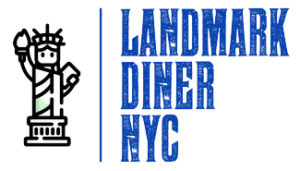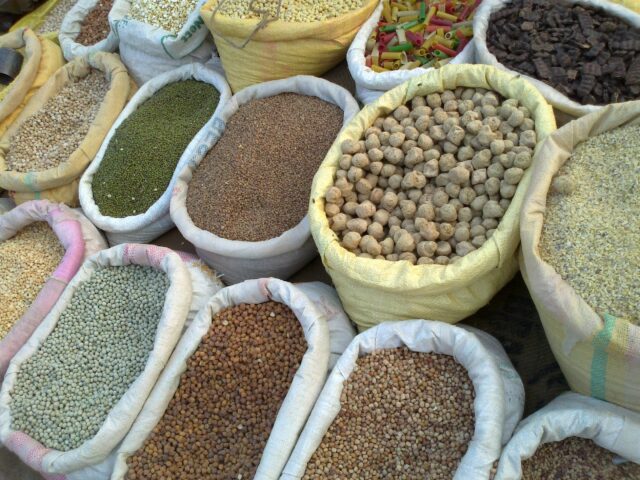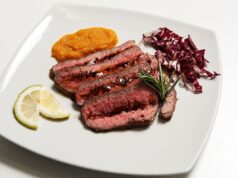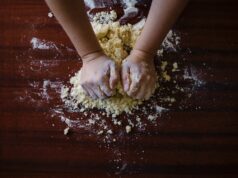The different sections of a plant or tree are like compartments. Food typically is stored in the leaves, stem, root and bark.
The “dicot seed example” is a type of seed that has a fleshy, edible part at the base and a hard, inedible casing. The fleshy part contains the food for the plant to grow, while the hard casing protects it from predators.
The food that the seed will utilize to develop is stored in the cotyledons of most dicot seeds until the seed obtains its first true leaves and starts to generate its own food. The nutritional supply for the embryo is kept separately in tissue termed endosperm in many monocot seeds.
What portion of a seed stores nourishment in this regard?
Most seeds include carbs, lipids, and proteins, which are stored nourishment. Endosperm, cotyledons, and perisperm are all places where stored food may be found in seeds. During seed germination, the stored nourishment is utilized to sustain the embryo.
Second, what component of the seed is absent from dicot seed? The ripe seed of non-endospermic seeds is devoid of endosperm. The cotyledons are thick and fleshy structures that serve as the only food storage organs in the plant. Non-endospermic seeds are found in dicot plants.
Simply put, where does the seed’s nourishment go till the plant is no longer found?
The embryo is a small plant that lives within the seed. The cotyledons are the two major components of the seed. The cotyledons are food that will be used by the new plant as it grows. Monocotyledon seeds, such as maize seeds, contain just one cotyledon.
In a dicot seed, what is the name of the food storage tissue that surrounds the embryo?
Endosperm
Answers to Related Questions
What are the three components of a seed?
The embryo, endosperm, and seed coat are the three main components of a seed. Before it emerges from the seed, the embryo is an immature multicellular creature. The endosperm, which is mainly made up of carbohydrates, provides a source of stored nourishment. The seed coat is made up of one or more layers of protection that surround the seed.
What exactly is a seed hole?
A tiny hole on the exterior of seeds allows liquids such as water to enter. This is the place where the seed and its pod were united.
What is the difference between the three phases of seed development?
Plant seed development is split into three main phases: embryogenesis, which includes cell division and expansion, seed maturity, and desiccation, which involves a variety of morphological, physiological, and biochemical changes.
What is the content of a seed?
The Inside of a Seed Seeds have a seed coat that protects them from the elements while they grow and develop underground. An embryo (baby plant) and cotyledons are found within the seed. When the seed starts to expand, one portion of the embryo develops into a plant, while the other develops into the plant’s root.
How does a seed get nourishment?
When a seed germinates (or “wakes up”), it develops into a little plant known as a seedling. It gets nutrients (food) from the soft fleshy substance within the seed until it’s ready to produce food on its own using sunshine, water, and air. The majority of seeds germinate underground, away from direct sunshine.
When a seed sprouts, what do you name it?
When this occurs, the seed is said to have sprouted. Germination is the scientific term for this process. The plant will develop into a bigger plant as it matures and starts to produce its own nourishment from the nutrients it absorbs from the soil. The seed itself resembles a survival kit.
What are the different types of seeds?
The presence of one or two cotyledons is regarded essential in distinguishing two major types of flowering plants, the monocotyledons and the eudicotyledons; the size and location of the embryo, as well as the proportion of embryo to storage tissue, may all be used to classify seeds.
What is the name of a tiny seed?
Small seed (3) PIP is the answer.
What do you call baby leaves?
When a plant germinates, the cotyledons are the first leaves that emerge from the earth. Seed leaves are also known as seed leaves because they are part of the seed’s embryo and give nutrition to the seedling before its actual leaves unfurl and begin the photosynthesis process.
What is the most vital component of a seed?
The embryo is the most essential and core component of a seed. All of the cells required for the development of a mature plant are contained inside the embryo. The basic roots, cotyledons, and embryonic leaves are the three major components of the embryo. During germination, the main root is the first thing to develop from the seed.
Is the cotyledon a food storage organ?
The scutellum is a seed tissue that is specialized for absorbing stored nourishment from the endosperm next to it. The cotyledons hold (or have access to, in the case of gymnosperms and monocotyledons) the seed’s stored food reserves.
Which portion of the seed germinates first?
The radicle is the first component of a seedling (a developing plant embryo) to emerge from the seed during the germination process, according to botany. The radicle is the plant’s embryonic root, which develops downward in the earth (the shoot emerges from the plumule).
Is the seed of the mango a dicot?
Dicot plants have two cotyledons in their seeds, which is why mango seeds called dicot. The venation of the leaves is parallel. The venation of leaves is either net or reticulate.
How can you determine whether a seed is monocotyledonous or dicotyledonous?
Inside the seed coat of monocots, there is just one seed leaf. Because the endosperm to nourish the future plant is not within the seed leaf, it is frequently just a thin leaf. Inside the seed coat of dicots are two seed leaves. Because they contain the endosperm that feeds the embryo plant, they are typically spherical and plump.
Is an apple a monocotyledon or a dicotyledon?
The apple is a dicot, which means it contains two seed leaves or cotyledons. Monocotyledons are blooming plants with just one seed leaf or cotyledon. Corn is a monocotyledonous plant. In the region where the seed comes to a point, the embryo may be seen.
Dicot seeds germinate in a variety of ways.
In a Dicot, germination
While the seed is still buried in the earth, the main root emerges through the seed coverings. The hypocotyl (which means “below the cotyledons”) emerges from the seed coverings and pushes up through the soil. As it develops, it bends into a hairpin form called the hypocotyl arch.
Which plants are classified as dicots?
Dicots include the majority of garden plants, shrubs and trees, as well as broad-leaved blooming plants like magnolias, roses, geraniums, and hollyhocks. Although there are exceptions, most dicots contain floral components (sepals, petals, stamens, and pistils) that are based on a plan of four or five, or multiples thereof.
What form does a gram seed have?
The outline of a gram seed is conical-pyriform. It is divided into the following sections: Seed Coat I It is made up of two layers: the outer testa and the inner tegmen.
The “cotyledon” is a part of a seed in a dicot plant. It is the first leaf in the developmental process and it forms when the seed germinates. The cotyledon contains food reserves for the developing plant.
Frequently Asked Questions
What stores food in seeds?
A: Plants!
What is the food source in a dicot seed?
A: The dicot seed would typically be the food source of a plant like an apple tree or peach.
Where are nutrients stored in seeds?
Related Tags
- parts of a seed and their functions
- the seed develops from the ____.
- an embryo of a seed consists of
- what are the three stages of seed development
- the development of a seed into a seedling is called




